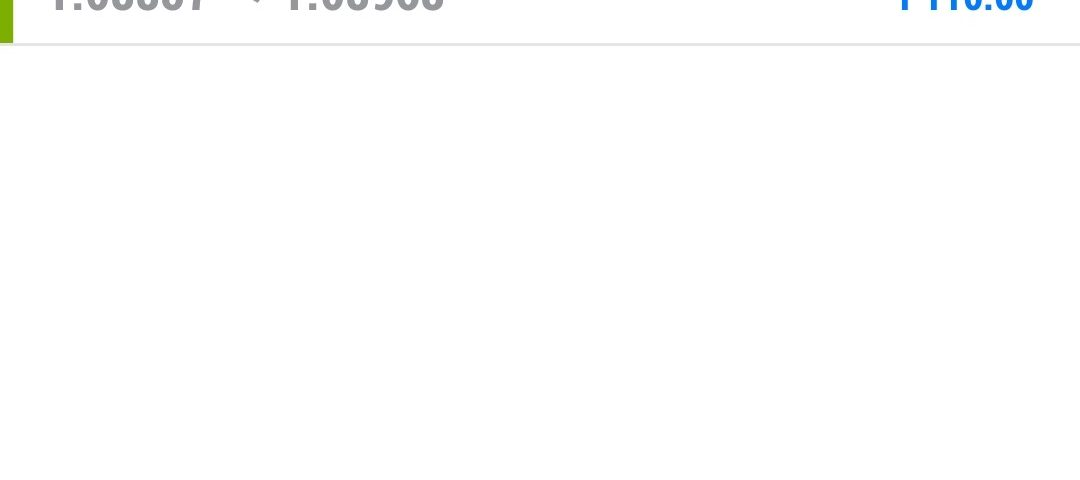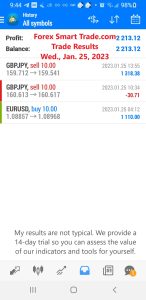Strangely enough, everyone seems to have their own idea of how you should measure support and resistance.
Let’s take a look at the basics first.

Look at the diagram above. As you can see, this zigzag pattern is making its way up (a “bull market”).
When the price moves up and then pulls back, the highest point reached before it pulled back is now resistance.
Resistance levels indicate where there will be a surplus of sellers.
When the price continues up again, the lowest point reached before it started back is now support.
Support levels indicate where there will be a surplus of buyers.
In this way, we continually formed resistance and support formed resistance and support as the price moves up and down over time.
Downtrends
The reverse is true during a downtrend.
In the most basic way, this is how support and resistance are normally traded:
Trade the “Bounce”
- Buy when the price falls towards support.
- Sell when the price rises towards resistance.
Trade the “Break”
- Buy when the price breaks up through resistance.
- Sell when the price breaks down through support.
A “bounce” and “break”? Say what? If you’re a little confused, no need to worry as we will cover these concepts in more detail later.





